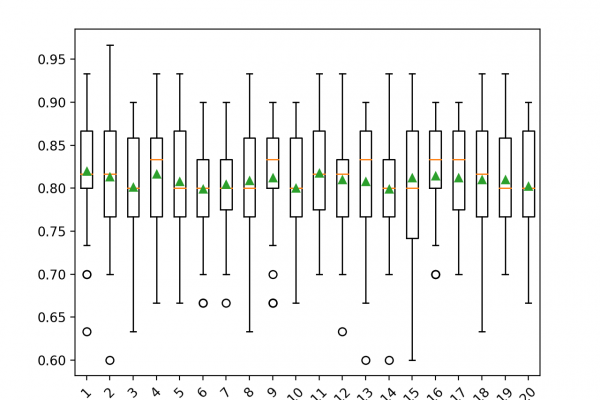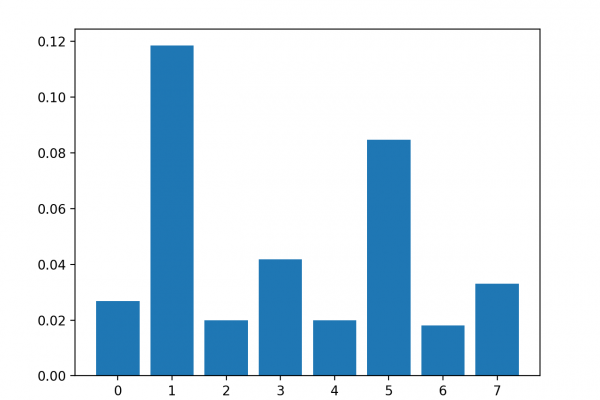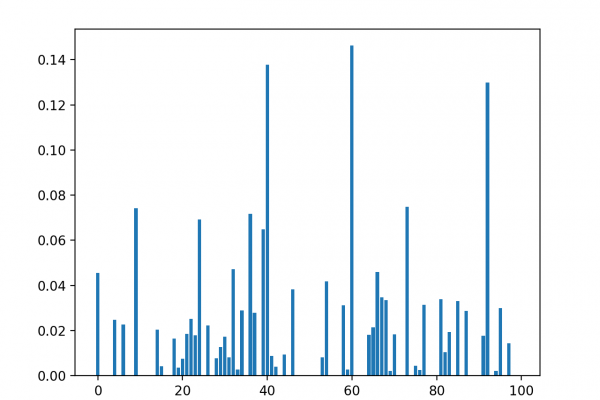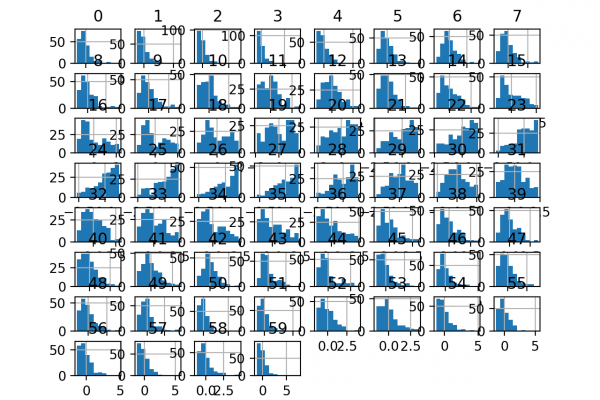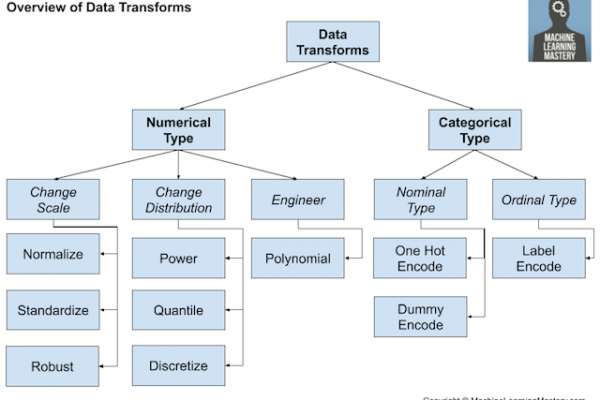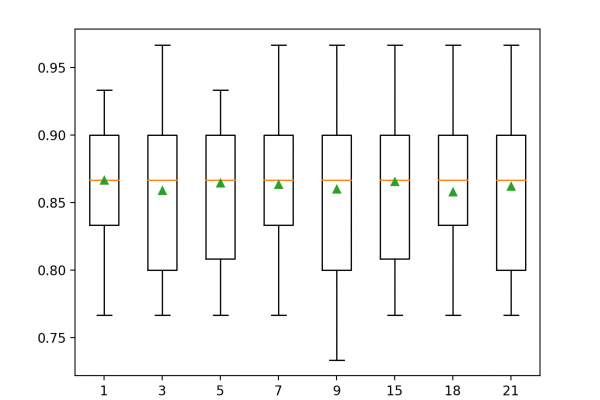Iterative Imputation for Missing Values in Machine Learning
Last Updated on August 18, 2020 Datasets may have missing values, and this can cause problems for many machine learning algorithms. As such, it is good practice to identify and replace missing values for each column in your input data prior to modeling your prediction task. This is called missing data imputation, or imputing for short. A sophisticated approach involves defining a model to predict each missing feature as a function of all other features and to repeat this process […]
Read more